
Students work their way through the first two parts of the engineering process in order to get a deeper understanding of an environmental problem- trash. The Great Pacific Garbage Patch is certainly
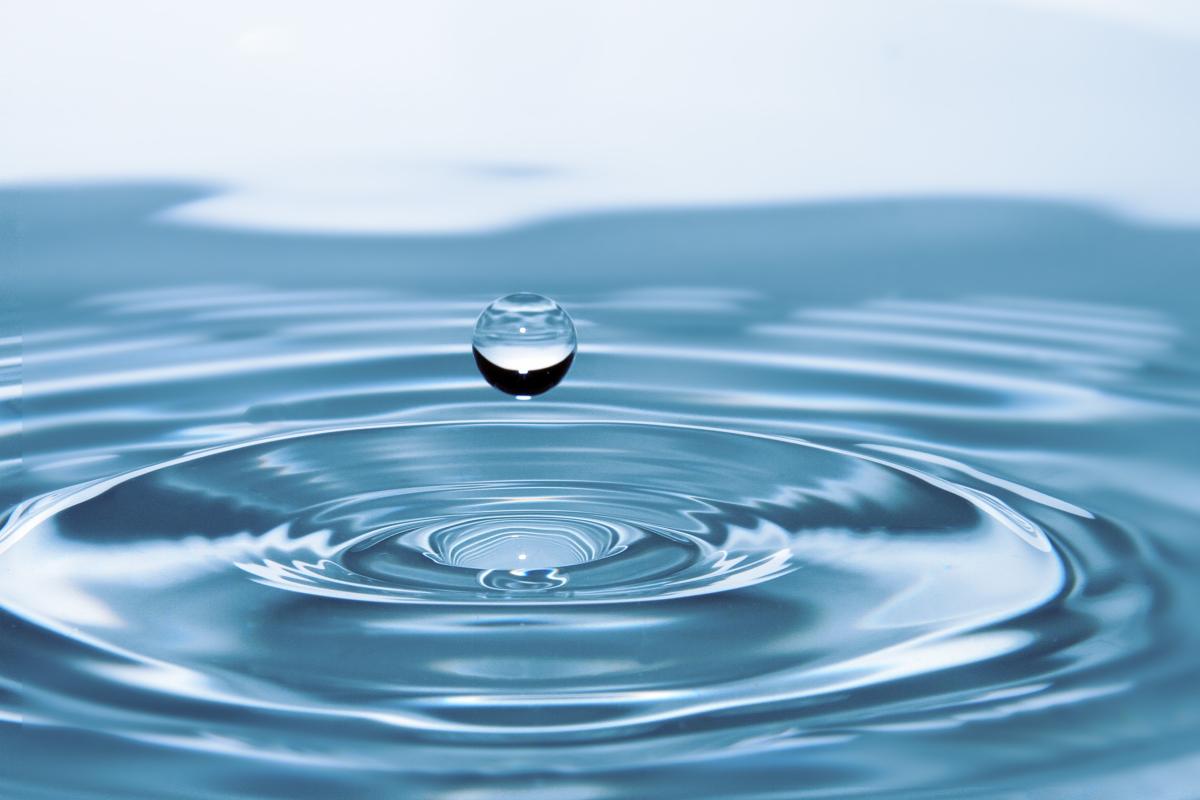
In this high school lesson, students will get the opportunity to engage in scientific research, studying sustainability and fuel options, while creating models to represent their knowledge.
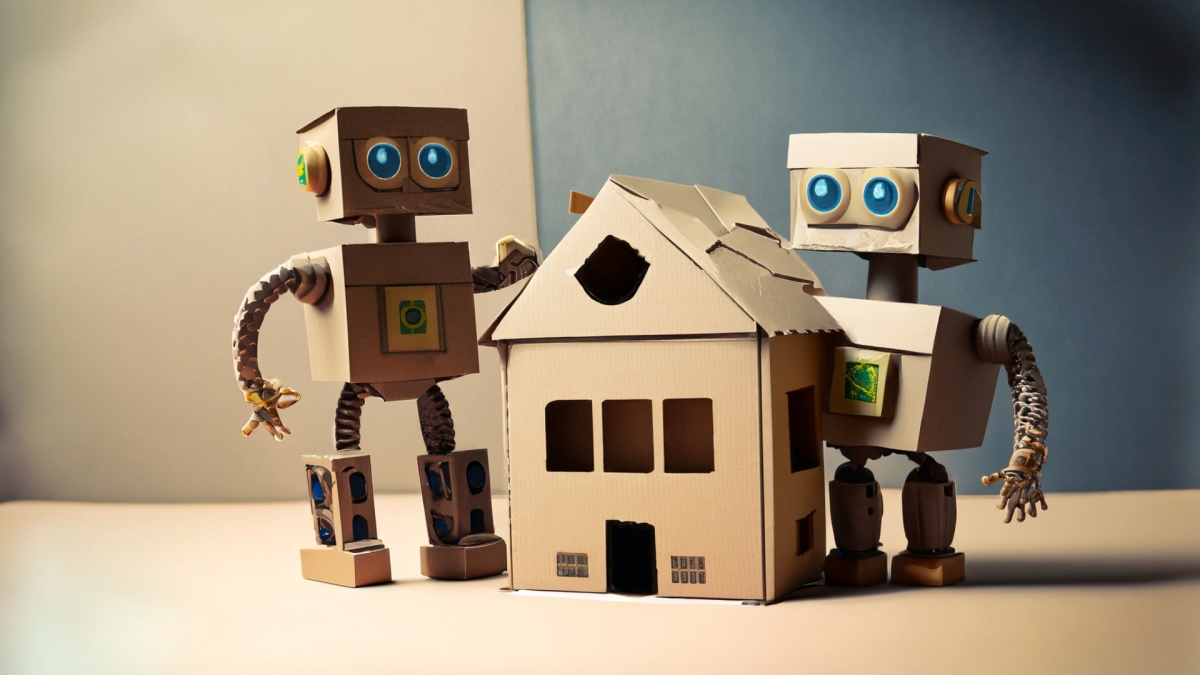
In this creative lesson, students use research and observations to plan an ideal area for our school chickens. Students build the needed structures and work together to create the chickens' home.
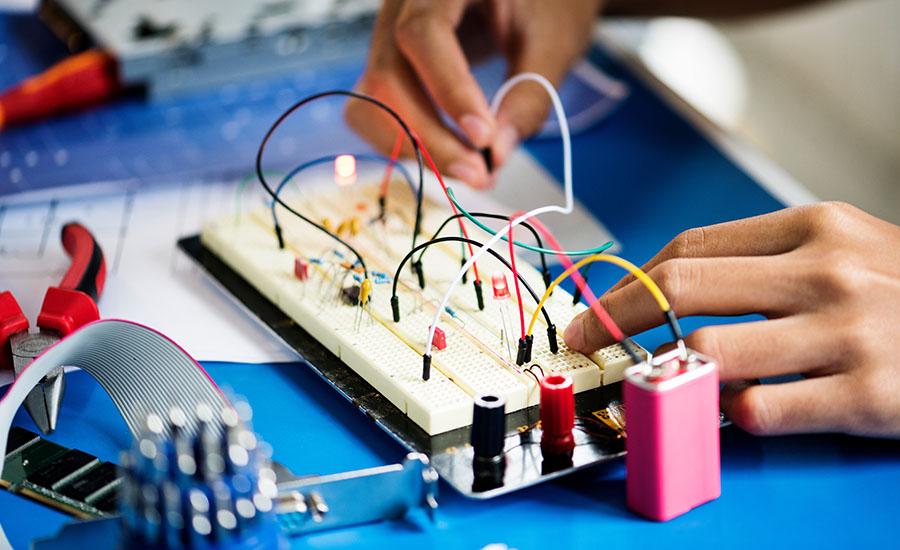
Through guided lessons and research, students generate their own circuit review questions by creating a board game that requires designing and building several circuits.

Students will apply STEM principles to design and build a working circuit in the shape of a heart, incorporating science concepts, technology tools, engineering skills, and mathematical calculations.
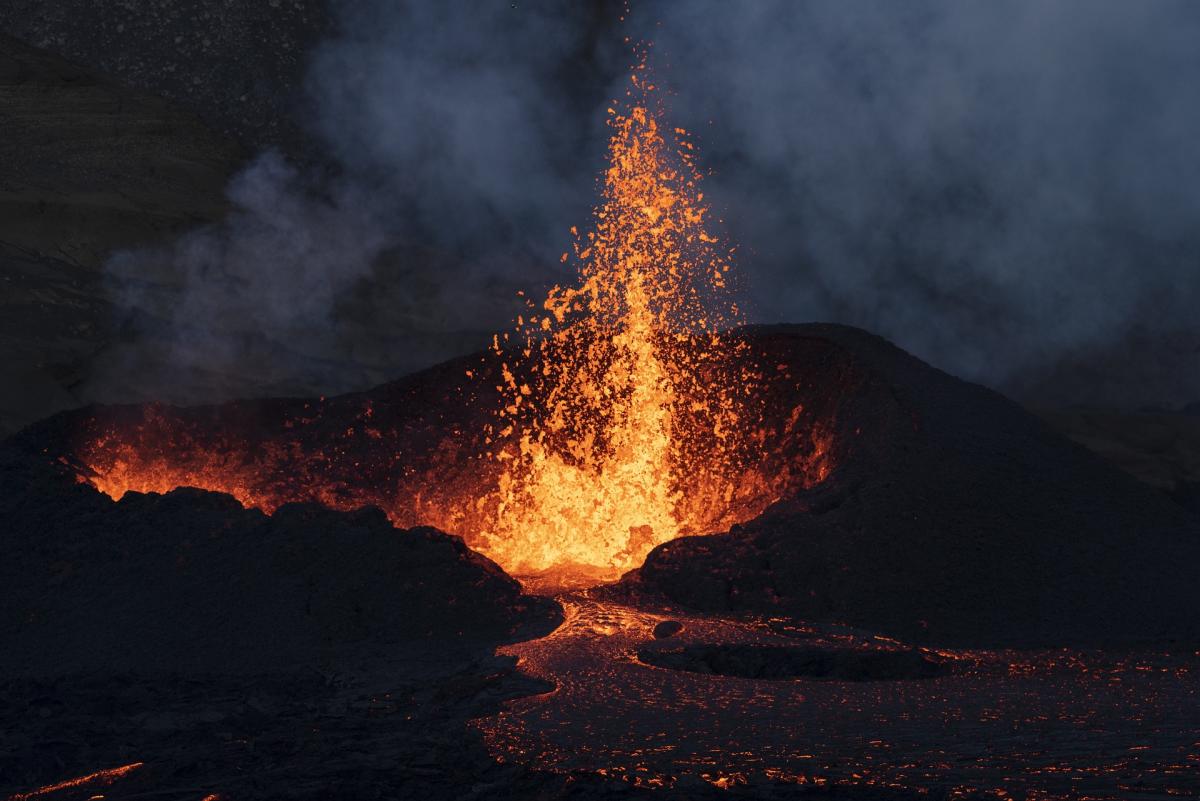
In this lesson, students will explore how temperature and pressure can each affect the states of matter. Students will develop a plan and a hypothesis, and will the conduct their experiment to analyze

Part 1: Rotation and Revolution (of Earth) Phenomenon: Why do we experience periods of day and night? This is a 1 to 3-day lesson with five activities primarily focusing on rotation of the Earth which
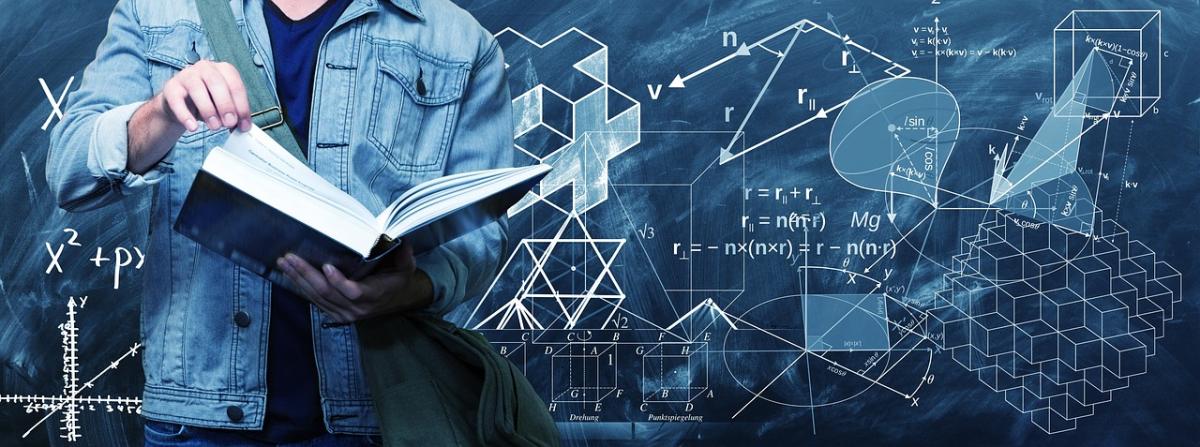
In this hands-on lesson, students from the Trigonometry class construct a sundial and see the experimental application of Trigonometry. Student will not just delve into trigonometry, but they will
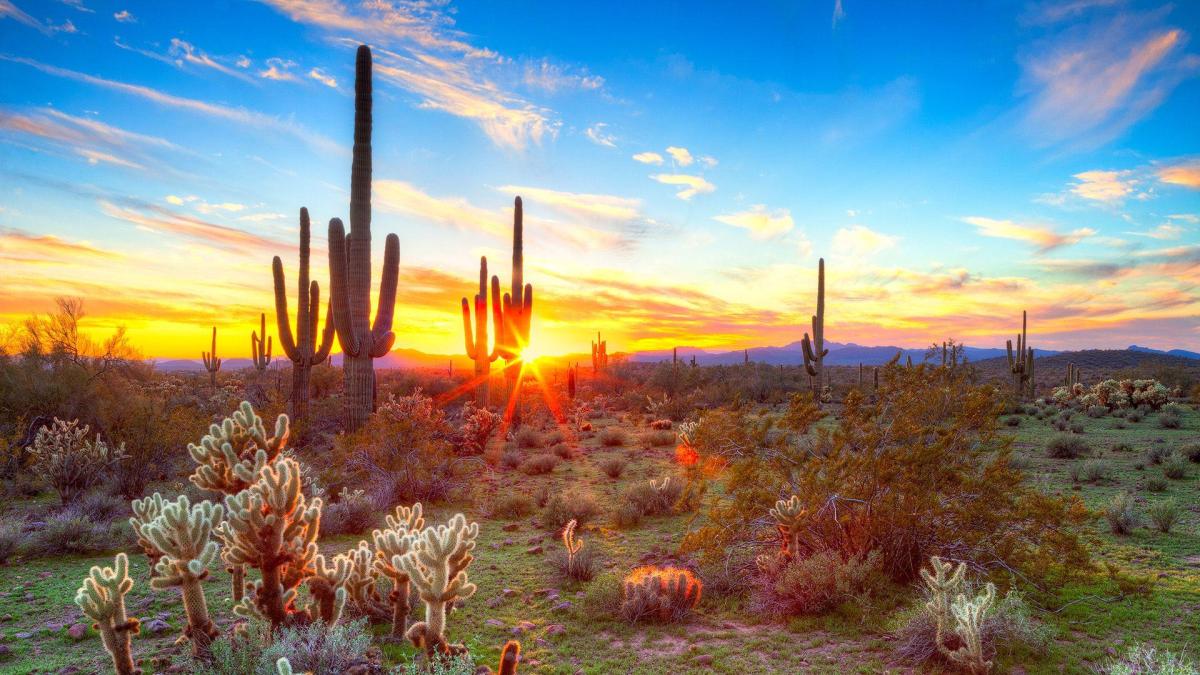
This lesson is the second lesson of a two-part series where students investigate concepts of biomimicry and apply them to the real world with issues like resource scarcity. In this lesson, students

In this lesson, students will learn about desert plant and animal adaptations and the concept of biomimicry. Students will discuss examples of biomimicry in nature and in the real world and will

In this lesson students learn about absorbency and are introduced to the colorful world of tie-dying as a way to recycle stained shirts.

In this lesson, students review key architecture components found in Ancient Greek Architecture and are challenged to create a multi-layer structure to hold their body weight. Students use the
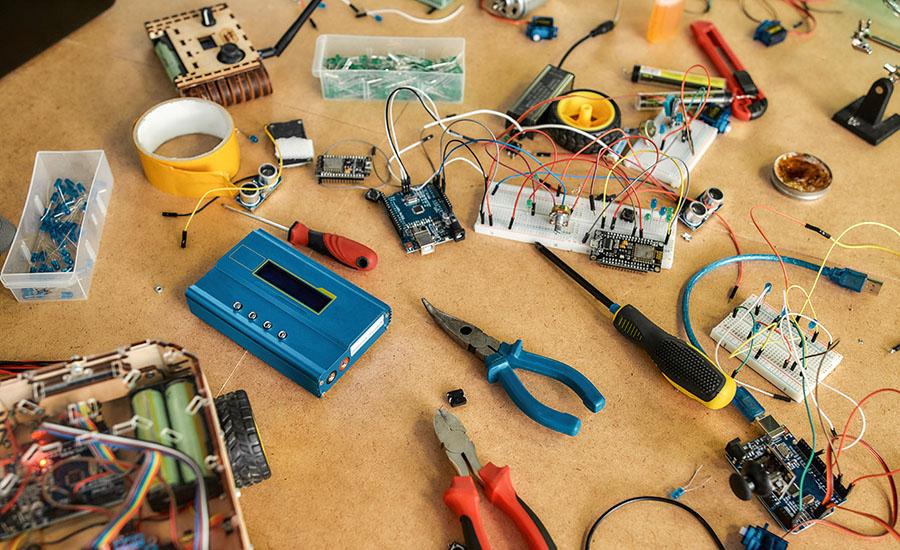
In this lesson students will learn about the Makey Makey. They will create conductive touch points, record voice in scratch, and connect Makey to create an interactive poster. This can be used for any
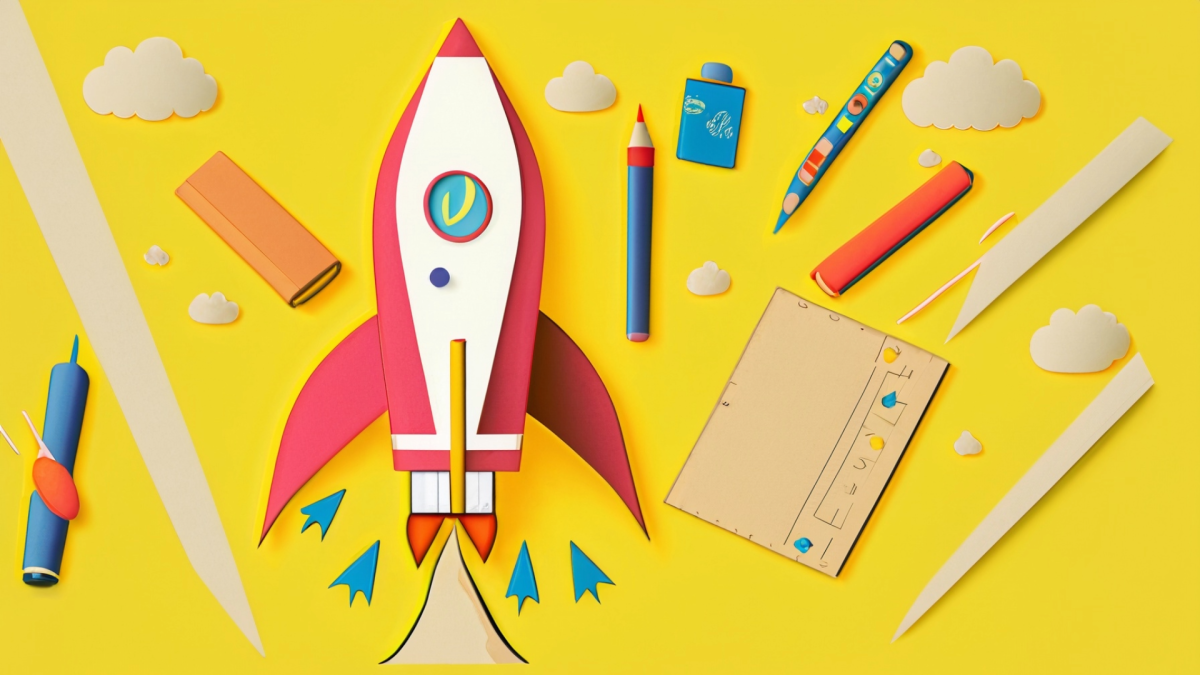
Space Case Chapters 1-7
This is the 2nd set of 4 lesson plans that correlate with the novel "Space Case" by Stuart Gibbs. This is a literature-inspired project base learning opportunity. The lessons include straw rockets
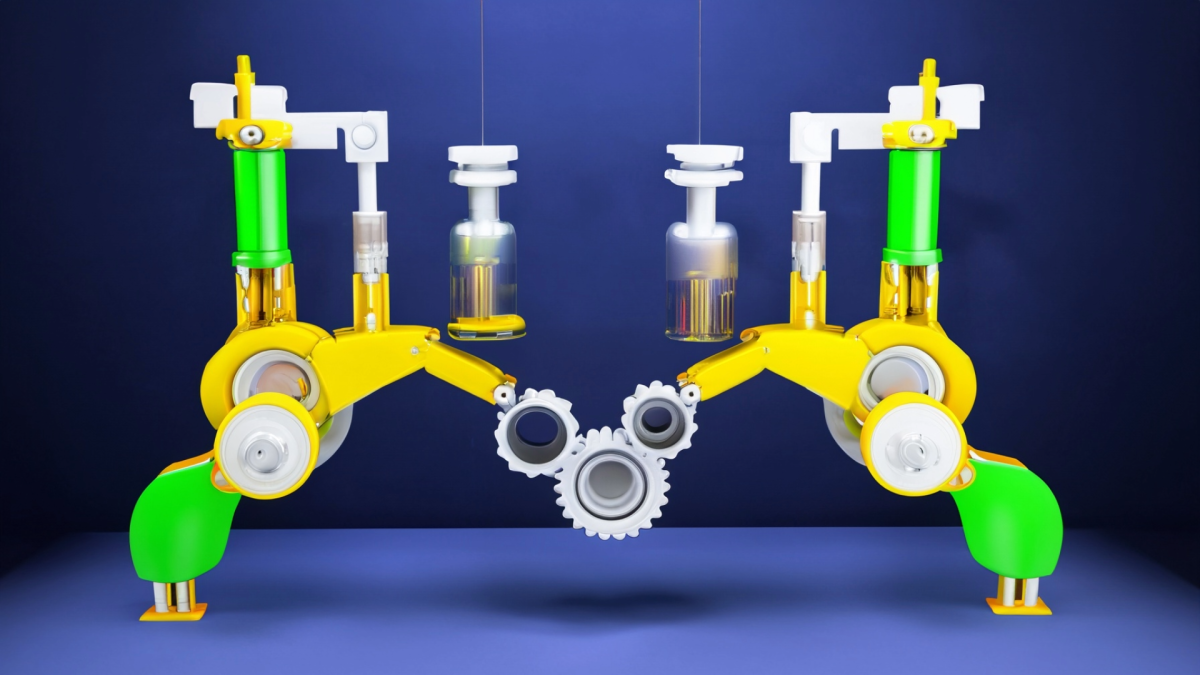
In this lesson students learn about the simple machine screw, specifically the Archimedes Screw, and engineer a device that can lift a marble.

This lesson plan is about structures that are balanced using tension forces. Students will create their own tensegrity structure that will withstand a predetermined amount of weight. Students will
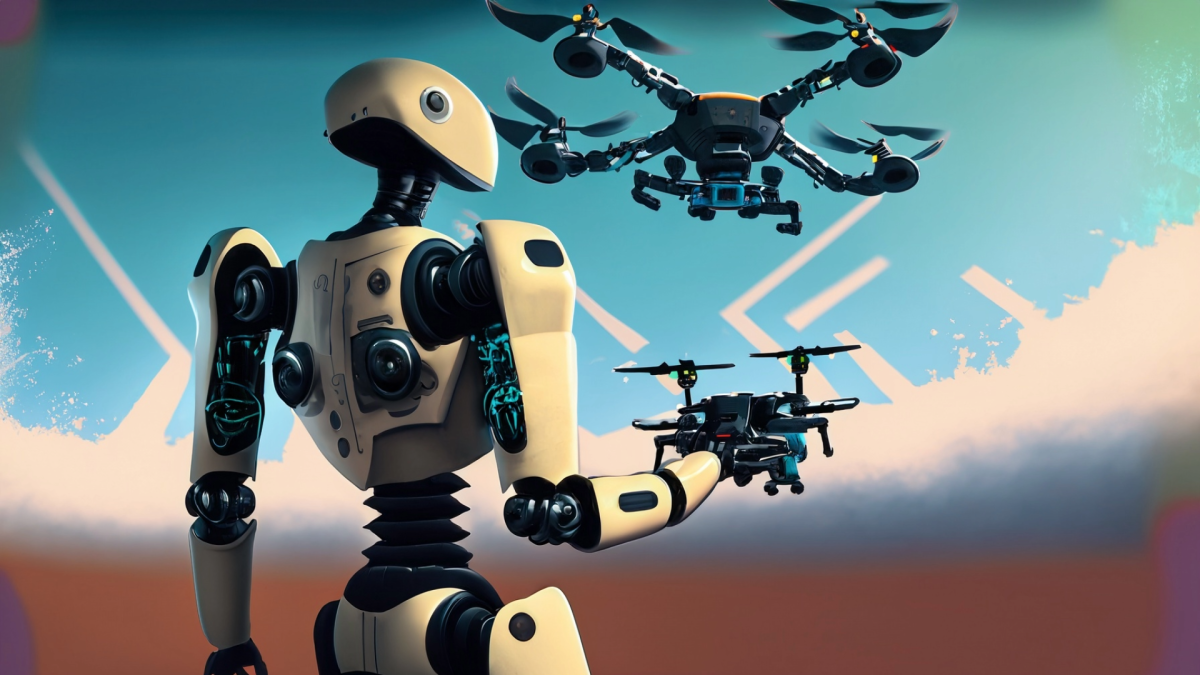
The lesson is adapted from resources created by the Green Drone AZ Project. This is module 1 of 4 featuring focused activities to address real-world environmental challenges within Arizona communities

This lesson is designed to promote hands-on, project-based learning that connects various disciplines. It emphasizes the importance of real-world applications and encourages students to think
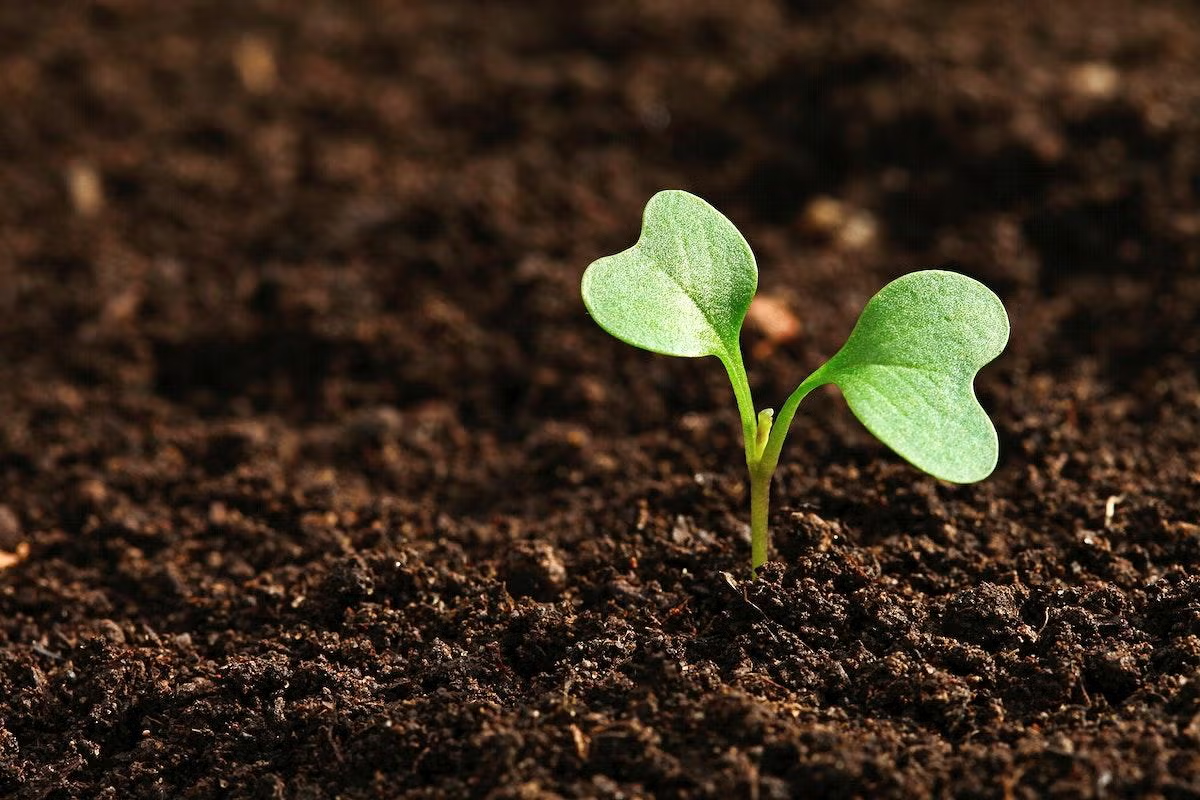
This lesson plan aims to educate students on the art of cut flower gardening and inspire them to contribute to the beautification of Arizona through the cultivation of vibrant blooms. It emphasizes
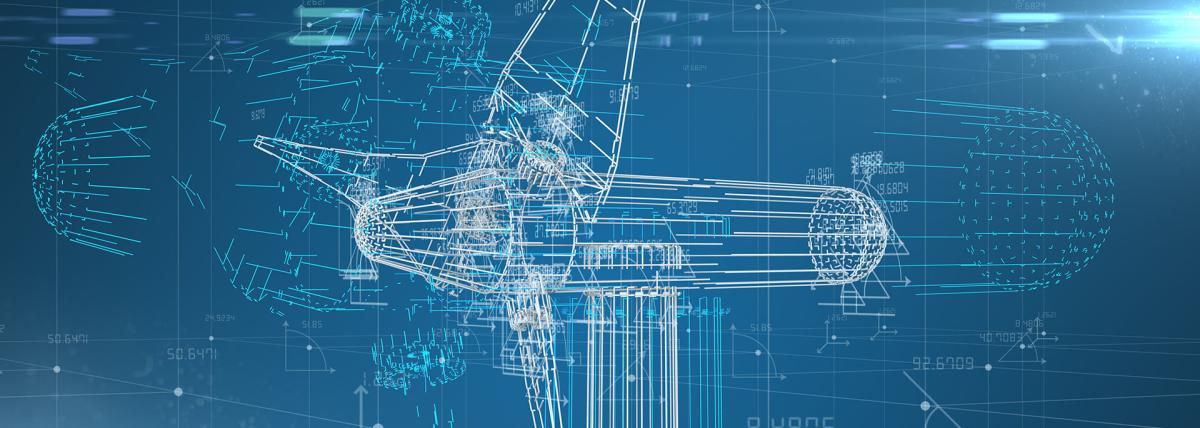
On day one, students will learn the history of the boomerang. Then on day two, the students will engineer and design their boomerang. Finally, the students will fly their boomerangs.

In this activity, students will build a shelter that protects them (cotton balls) from a volcanic eruption of lava and ash.

Splash of Science
Students measure the temperature of water as it cools to learn about heat transfer and thermal properties while using line of best fit, linear regressions and/or quadratic regressions.

A lesson to teach students how to collect, organize, interpret data, make inferences, raise awareness, and suggest possible solutions on the water quality of the waterbodies in the state of Arizona.

Students will solve mysteries using a digital scale, systems of equations, and their ingenuity! It enhances problem-solving skills and understanding of mathematical concepts.


